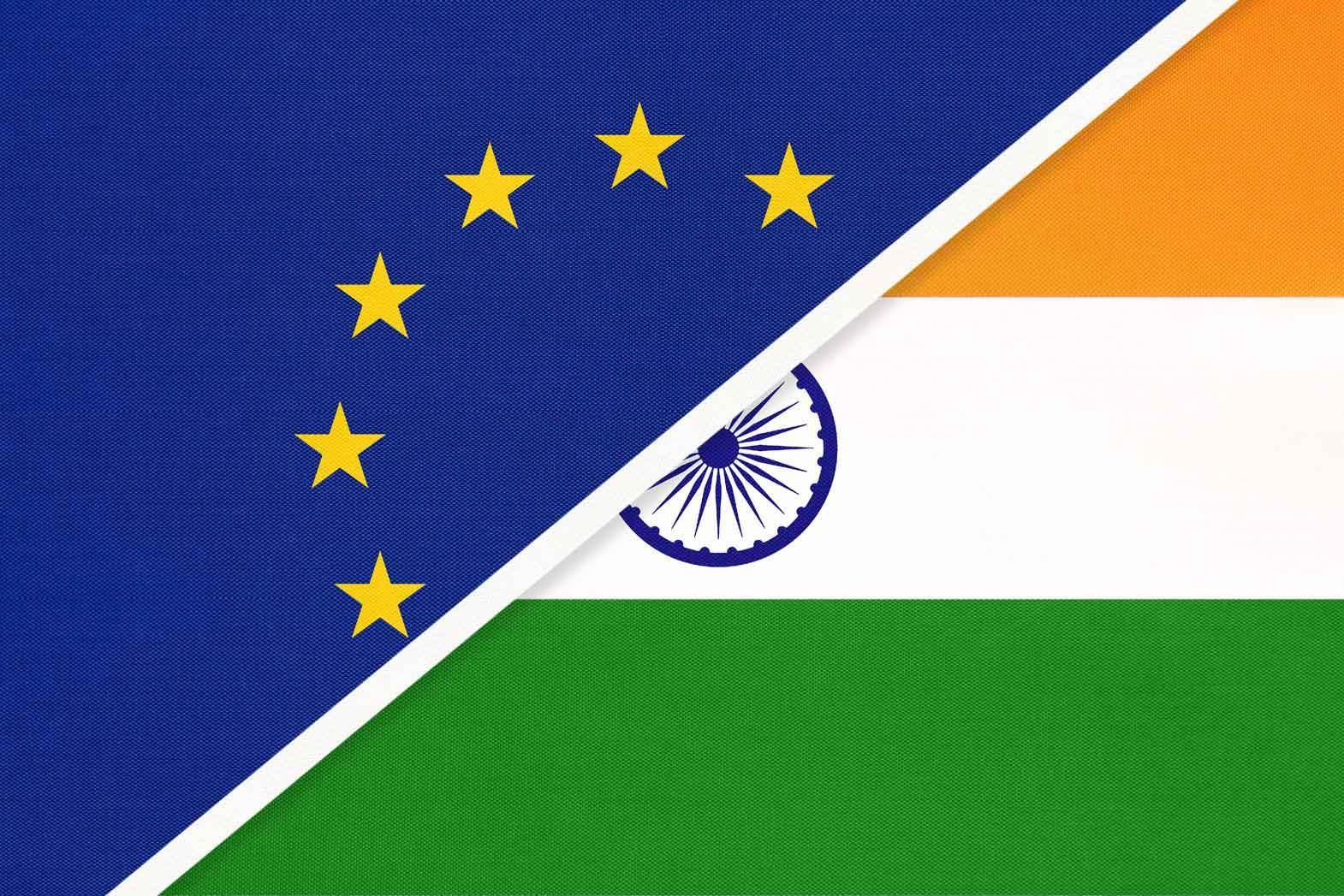(Views expressed in this article are the personal opinion of the author.)
India and the 27-nation European Union, our largest merchandise trade partner as a single economy, are inching toward a bilateral Trade and Investment Agreement,but every time when the two sides meet, gossip mills start working over-time that BTIA is in the offing, but that does not happen. Trade and investment talks between India and the European Union (EU) could be in limbo for years, if not concluded in 2013, as the 27-nation grouping is likely to shift its focus to a trade deal with the US.
Negotiator have missed several deadlines to conclude the deal that aims to boost trade and investment flows by removing tariff and non-tariff barriers. Indian and the EU started negotiations for a broad-based trade and investment agreement in 2007.The progress on the talks is stalled by disagreements on issues like import duties on automobiles, pharma and alcoholic products, and trade in services and intellectual property rights. While the EU has been pushing for greater market-access for its products like automobiles, wines and spirits, India seeks greater access for its professionals, the grant of data secure nation status by the EU. Liberalisation of India's financial sector, especially increasing the FDI limit in insurance, is also crucially important to conclude the deal.
Only-the other day, both sides concluded another round of talks, which, according to the European Commission, provided a renewed momentum to bring the negotiations forward. In a similar tone, New Delhi said that a clear understanding was reached that a balance needs to be arrived at for meaningful expectations of market access on both the sides. However, such statements do not demonstrate any explicit position.
For coming up with a successful trade pact, the EU side needs to narrow its ambitions. Till now, it seems they are asking for more, but unwillingly to giveback. For example, while they are demanding India to raise the equity cap on FDI in insurance sector and reduce the tariffs on imports of automobiles, they are unwilling to grant India Data secure status and allow free movement of professionals. Moreover, another irritating demand is for TRIPS-plus measures,which if accepted by India, would have a negative impact on healthcare in India and other countries across the developing world.
Another concern is increasing protest being built up against the pact at home. Some trade lobbies and groups including dairy producers, automobile manufacturers, legal experts, healthcare activists, and even a Parliamentary Standing Committee on Commerce are against the trade deal. Here, the Centre needs to be transparent. They need to argue with conviction what they are doing and why, and how they are planning to safeguard the interest of these domestic industries. In addition, they should bargain hard, without buckling under any undue pressure.
The purpose of a FTA should be to create a win-win situation. By bringing down tariff and non-tariff barriers, both sides create mutual opportunities one side gains in the areas where it gets more access while loses out where the other side gains more access. The balance is the key, and unfortunately we are lacking here. The next Ministerial meeting on India-EU BTIA is scheduled for June. We hope for a better solution by then, and before events make the efforts futile.
If the two sides fail to make any significant progress, the talks face the risk of falling into limbo for years. The biggest reason for this is US President Barack Obamas desire to create a Trans-Atlantic trade and investment partnership (TATIP) with Europe. The two sides are expected to formally start negotiations for the deal this summer.
One needs to make note of the point that EU Ambassador to India Joao Cravinho recently made that India-EU trade talks would not get the same attention in 2014 and the following years, as the focus will shift to a broader deal with the US. The EU and the US account for more than 40 percent of the global trade and generate almost half of the worlds gross domestic product (GDP).
India will also not be in a position to show flexibility and conclude the deal because of the general elections. The Government of the day is completing its five-year term in May 2014. There might be even an early election given the political flip-flop by coalition partners and supporters of the UPA Government. Once there is a pause, it will be difficult to conclude the deal. Historically, there is hardly any trade deal that is signed after a pause, a person in the know of the India-EU trade negotiations told. The Doha round of the World Trade organization (WTO) is a glaring example. The talks have been lingering for more than a decade and there is no sign of success.
Indian garment exporters have an abiding interest in Indo-EU FTA, for it would open up new opportunities to compete with other developing countries, as Indian imports in the EU would face lower duties once the FTA is linked.
This article was originally published in the Stitch Times magazine, June, 2013 issue.







Comments